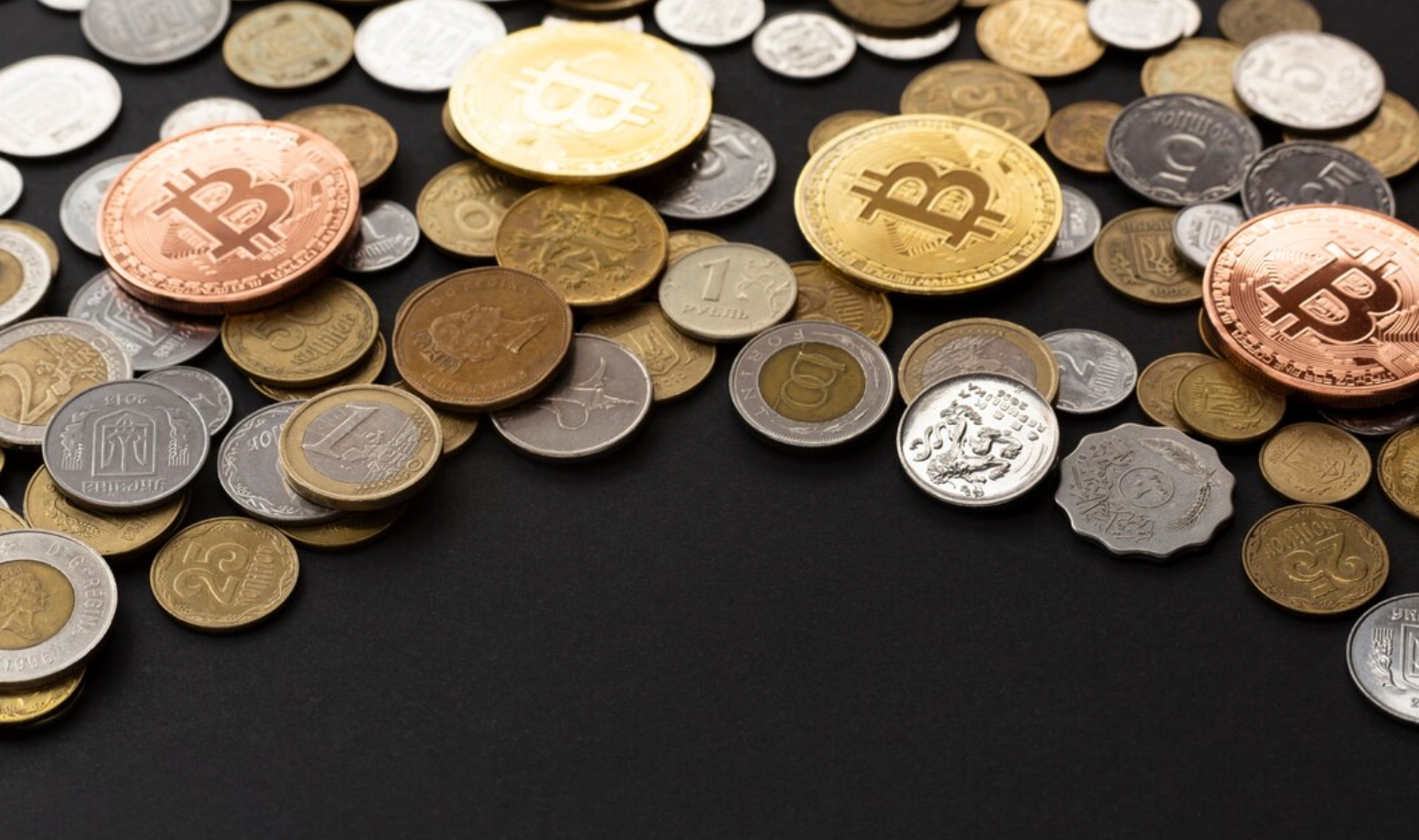10 Crypto Ponzi Schemes paid fraudulent “returns” to earlier investors using monies obtained from new investors.
Crypto Ponzi schemes are fraudulent forms of cryptocurrency investment that pay out existing investors with new investor funds rather than the original investors’ cash. Ponzi scheme con artists see cryptocurrencies as an easy mark to make a quick buck off of. Common investors do not have a complete understanding of the technology that is used by cryptocurrencies, 10 Crypto Ponzi Schemes nor do they know how to determine whether or not a cryptocurrency is a good investment. Many cryptocurrency projects are unregulated, and it is not uncommon for their founders to remain anonymous.
This is in contrast to traditional investments, 10 Crypto Ponzi Schemes in which investors have access to information such as earnings, research reports from third parties (such as Morningstar), audited documents, and other mandatory regulatory information. Ponzi schemes are named after Charles Ponzi. In the 1920s, Ponzi conned investors into believing they would receive a return of fifty percent within a few months for what he claimed was an investment in international postal coupons. Ponzi scheme operators paid “returns” to previous investors using money obtained from new participants. This article details the top 10 crypto Ponzi schemes that caused widespread destruction in the digital asset sector in 2022.
Onecoin
In the history of the cryptocurrency business, Onecoin may be the Ponzi scam that has been operating the longest. Onecoin was established in 2014 by the con artist Ruja Ignatova, also known as Cryptoqueen, who is from Bulgaria. Between 2014 and 2019, 10 Crypto Ponzi Schemes onecoin was successful in luring a significant number of investors. Around this period, it was reported that the Ponzi scam had duped investors to the tune of $5.8 billion by pushing Onecoin as a “Bitcoin Killer” and the next hottest innovation in the cryptocurrency business.
Dekado Coin
Anyone who believes there is nothing like earning free bitcoin is wrong is falling for the Dekado Coin fraud, which was masterminded by Divyesh Darji, Ranjeet Saxena, and their business colleagues. The scam appeared with a motto that was catchy enough. Dekado was an exceptional case because it successfully connected people on two separate occasions.
As is customary, the inaugural presentations for Dekado Coin made the standard guarantee of profits ranging from 40-70% each month. Soon after the website was launched, however, there was an overwhelming influx of users from all over the world, 10 Crypto Ponzi Schemes particularly in India, Indonesia, the Netherlands, and the African continent. As a result, the website crashed. On the website Dekado.io, users were unable to access the accounts they had created there. One of the top 10 crypto-related Ponzi scams that caused widespread destruction in the digital asset sector.
Bitconnect
Bitconnect, yet another large cryptocurrency Ponzi fraud, began operations in 2016 under the guise of a Bitcoin lending solution and made monthly return guarantees of 40%. The operators were a group of anonymous coders led by a person using the pseudonym Satao Nakamoto, who was in charge of the operation. Investors were required to purchase BCC tokens, 10 Crypto Ponzi Schemes placed a lock on those tokens on the platform, and then waited while trading bots utilized the funds that were locked up in their accounts. One of the most successful cryptocurrency Ponzi schemes in the year 2022.
Regalcoin
During the height of the fraud perpetrated by Bitconnect, Michael James and Raymond Weil established a similar staking scheme, offering rewards of up to fifty percent per month for holding its brand-new coin Regal Coin. The digital currency was traded on a few different exchanges, such as CoinExchange.io, BTC-Alpha, and Yobit.; however, its value plummeted from more than $70 in October 2017 to less than $0.005 in 2019. According to documents filed in the United Kingdom, 10 Crypto Ponzi Schemes the corporation that was behind the coin, Regalcoin Corporation, was dissolved in September 2019.
PlusToken
In the history of the cryptocurrency industry, PlusToken stands out as one of the most recent and largest Ponzi scams ever documented. WeChat, a Chinese messaging platform, was used for the majority of the marketing effort for the fraudulent scheme. Potential investors were promised returns on investment ranging from 10-30% every month if they participated in the scheme. Around three million people participated in the PlusToken ICO, the vast majority of whom were citizens of China, South Korea, or Japan.
The entire revenue strategy of the project revolved around educating users about cryptography and providing a wallet service. In the end, the scam artists were successful in convincing investors to increase their profits by purchasing the project’s token, known as PlusToken. 10 Crypto Ponzi Schemes One of the top 10 crypto-related Ponzi scams that caused widespread destruction in the digital asset sector.
GainBitcoin
GainBitcoin was launched in 2016 as a cloud mining service with the promise of providing monthly returns of 10% for 18 months. The company is situated in India. Even though this is laughable, the idea succeeded in luring financial backing from Indian investors for at least $300 million. In 2017, it became abundantly evident that the sophisticated concept was supported by neither actual mining equipment nor any actual mining operations.
The Coin of Morris
According to the Kerala Police, EOW, Nishad K, and his crew received at least INR 15,000 from each investment and managed to onboard around 11 lakh people, most of whom were from India. He had guaranteed a daily return of INR 270, which is equivalent to 4.4 times the profit for each investment that was worth INR 15,000. In addition, 10 Crypto Ponzi Schemes bonuses ranging from 10% to 40% were promised for every successful recommendation made. Nonetheless, the complicated matter of Morris Coin came to a peculiar conclusion. Nishad K announced its initial coin offering (ICO), and it issued a white paper. One of the most successful cryptocurrency Ponzi schemes in the year 2022.
Mining Max
Mining Max, much like GainBitcoin, hid the true nature of its unlawful activities under the guise of a cloud mining business that appeared to be legitimate. The company made a promise to investors that it would provide a means for them to profit from the tremendous buzz surrounding cryptocurrencies. 10 Crypto Ponzi Schemes Mining Max proposed the idea of taking part in a mining environment that supported many cryptocurrencies, each of which had the potential to produce lucrative rewards.
Yet, much like every other cryptocurrency Ponzi scheme, 10 Crypto Ponzi Schemes a significant portion of the business model depended on intensive marketing campaigns aimed at recruiting new investments. These ads were designed to bring in more money. One of the top 10 crypto-related Ponzi scams that caused widespread destruction in the digital asset sector.
Con Artists at Ether Trade Asia
Ether Trade Asia, much like other con artists, pretended to be a cryptocurrency trading platform and offered daily returns of 3% on investments. Nevertheless, in 10 Crypto Ponzi Schemes the platform would not permit traders to withdraw their tokens, stating that there were “technical issues” every time the request was made. The website did not even post the physical address of any organization, nor did it provide an email address for contact.
Forsage
The operators of Forsage were charged by the SEC with conducting an unregistered offering of securities to raise $300 million beginning at least in January 2020. A former employee of the cryptocurrency exchange Coinbase was charged with insider trading related to coin listings just a few weeks before the civil charges were brought. The former member of staff of Coinbase asserted, through the representation of his solicitor, 10 Crypto Ponzi Schemes that he was “innocent of any wrongdoing.” One of the top 10 crypto-related Ponzi scams that caused widespread destruction in the digital asset sector.






